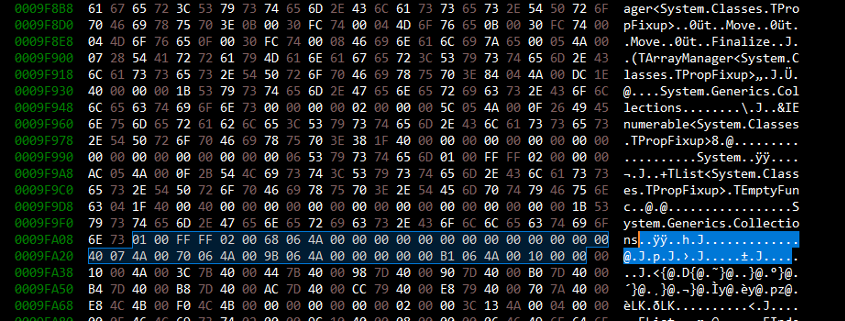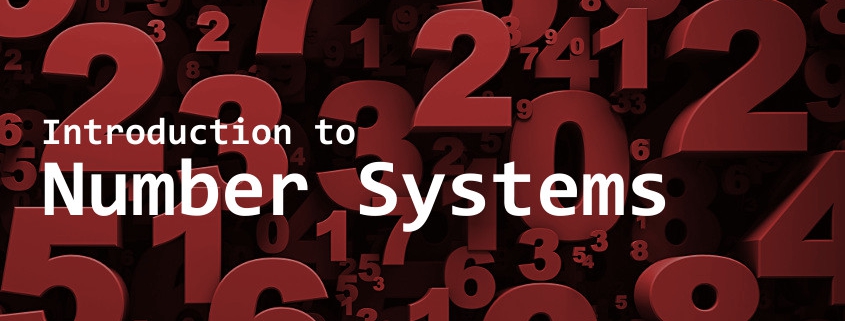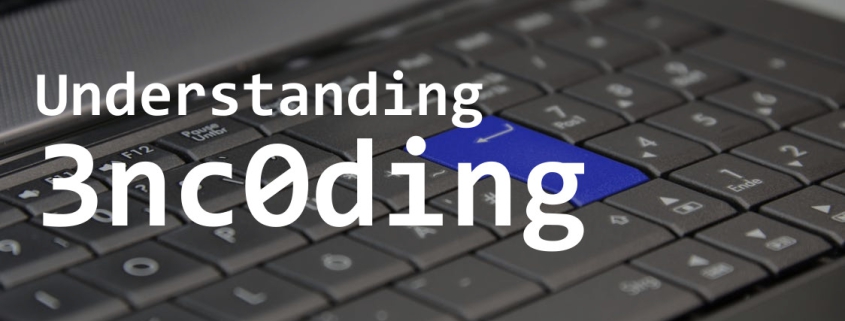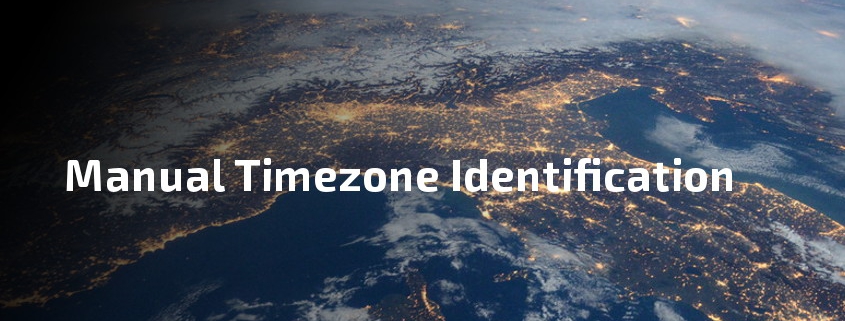Introduction Following on from the release of Digital Detective’s free DCode™ tool, we are compiling a series of blog posts explaining the various timestamp formats available in the new version. In this post, we are looking at Binary-Coded Decimal or BCD. Binary-Coded Decimal (BCD) Binary-Coded Decimal is a system for encoding decimal numbers as a […]
Learning Digital Forensics
Digital evidence features in almost every aspect of modern criminal investigations. There is more interest in digital forensic science now than at any previous time in history. There are more students studying ‘digital forensic’ courses in the UK than ever before.
If you are new to digital forensics, our articles will help you gain foundation knowledge in all key areas of digital forensic analysis.
There are two different methods for describing the order in which a sequence of bytes are stored in digital systems: Big Endian: places the most significant byte first (also known as network byte order) Little Endian: places the least significant byte first Etymology The term endian comes from the novel Gulliver’s Travels by Jonathan Swift. […]
Understanding Number Systems Number systems use different number bases. A number base indicates how many different digits are available when using a particular numbering system. For example, decimal is number base 10, which means it uses ten digits: 0, 1, 2, 3, 4, 5, 6, 7, 8 and 9. Binary is number base 2, which […]
Introduction to Character Encoding Understanding how Character Encoding works is an essential part of understanding digital evidence. It is part of the common core of skills and knowledge. A character set is a collection of letters and symbols used in a writing system. For example, the ASCII character set covers letters and symbols for English […]
Introduction to Time Zone Identification In a digital forensic examination, establishing which Time Zone the system had been set to should one of the first examination tasks. If this information is not established at an early stage and taken into account, the validity of Date/Time evidence may be brought into question. Not only is this […]
About US
Digital Detective enhances digital forensic science though cutting edge research and development.
We offer a range of products and services for digital forensic analysis and advanced data recovery.
Product tags
Select Language
Translate our site by selecting your language from the option below.
Contact Us
Digital Detective Group
Motis Business Centre
Cheriton High Street
Folkestone
KENT, CT19 4QJ
United Kingdom
///courts.endearing.bulbs
+44 (0) 20 3384 3587

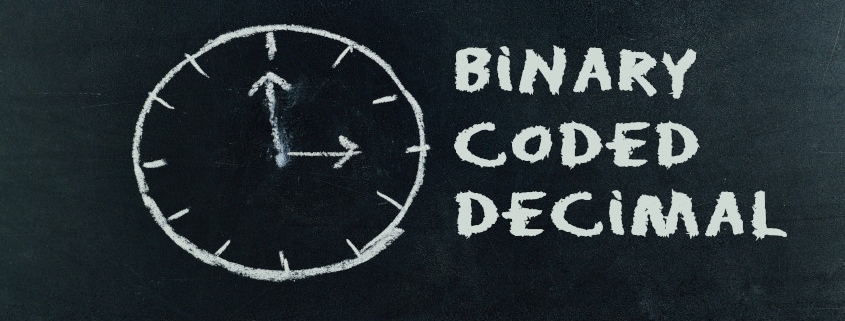 Digital Detective©
Digital Detective©